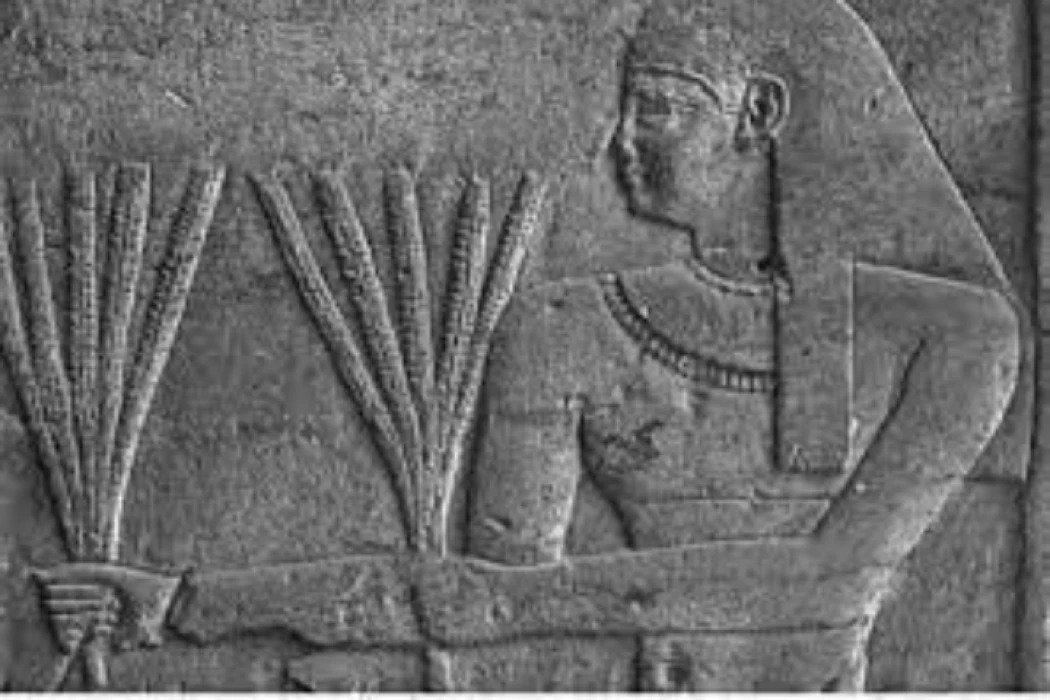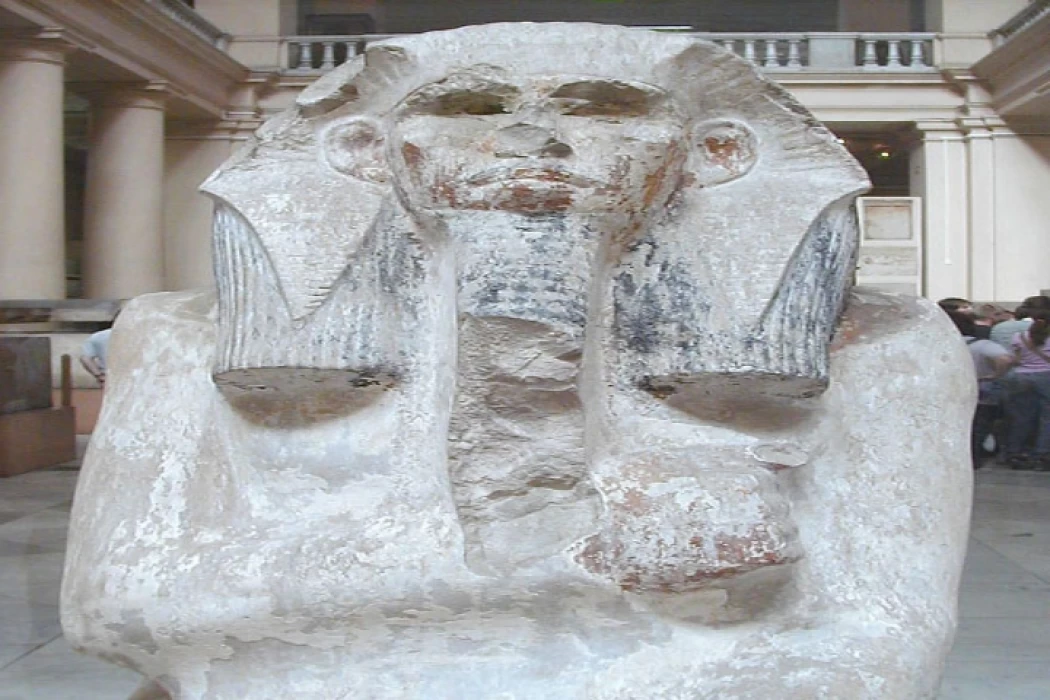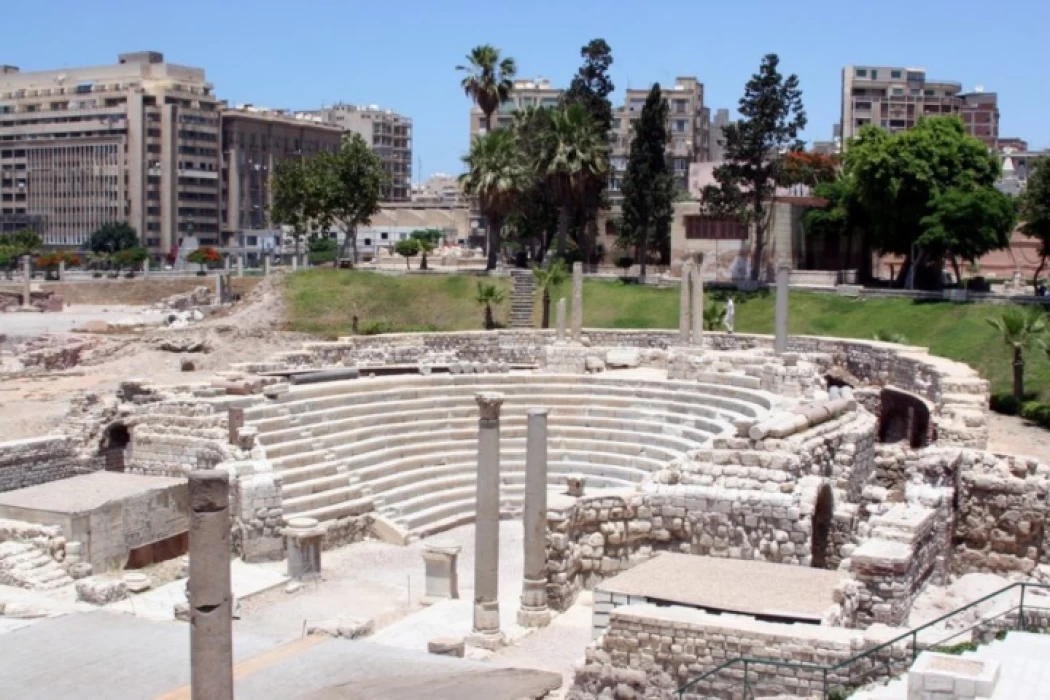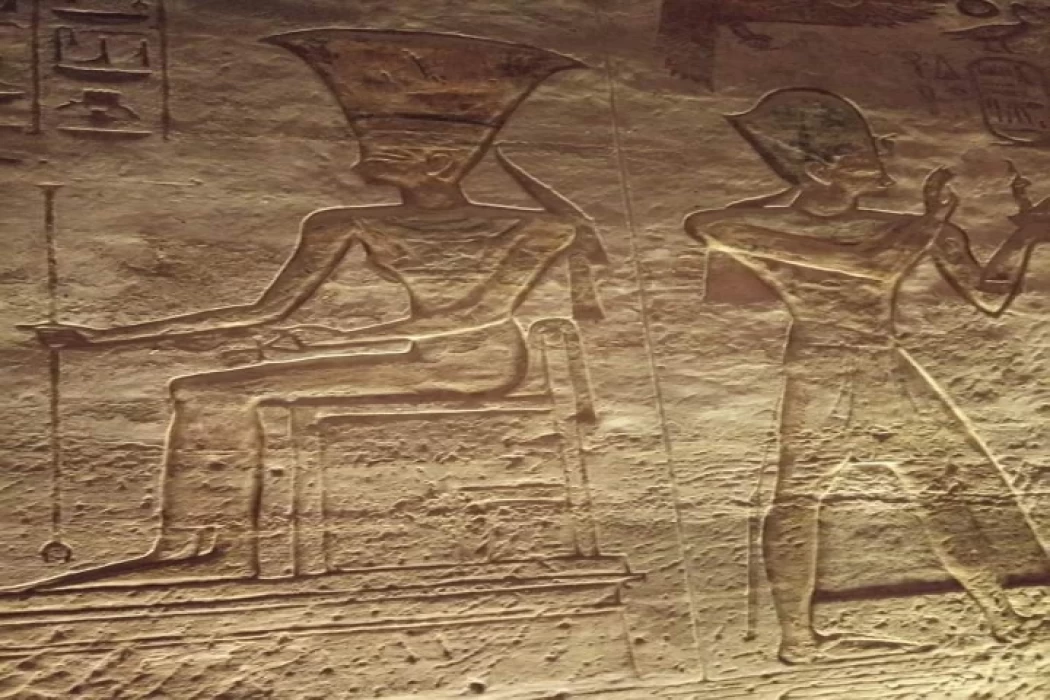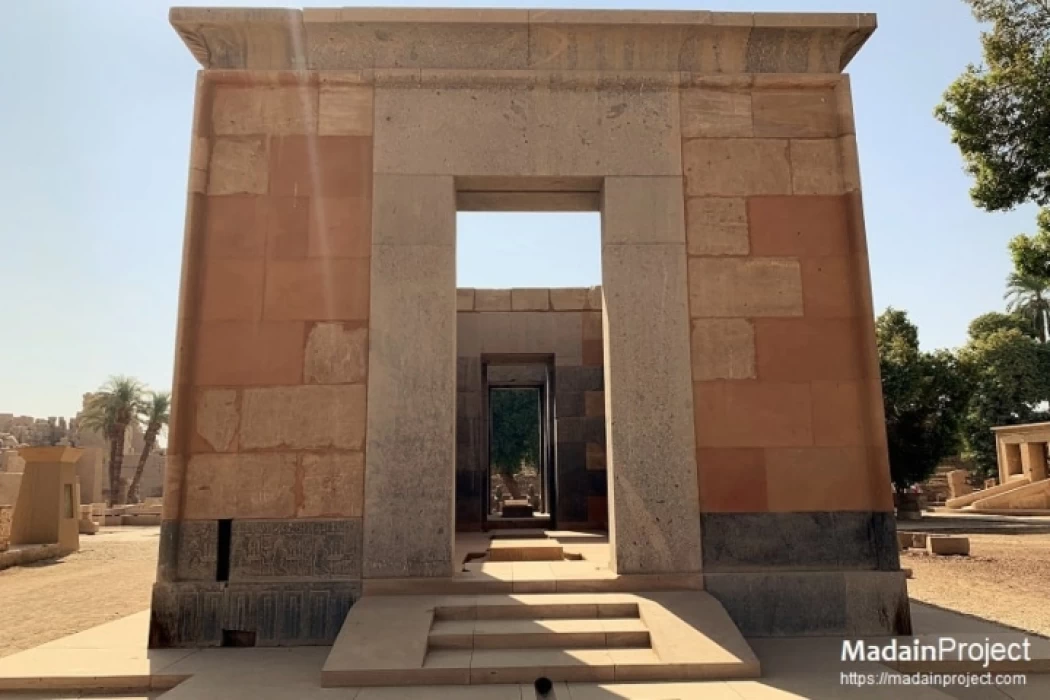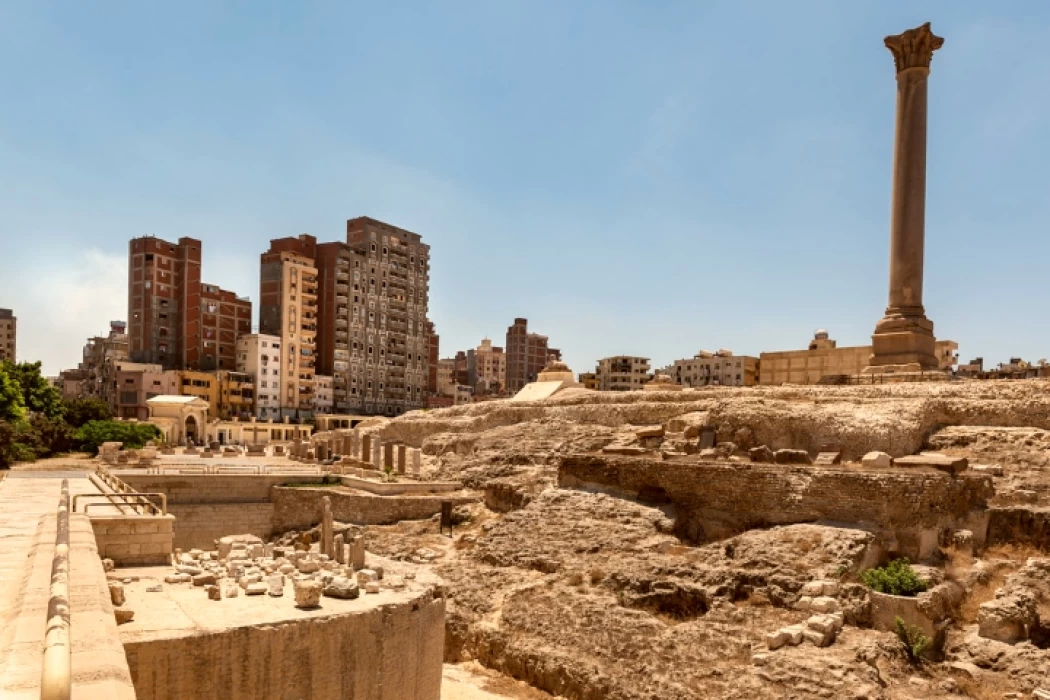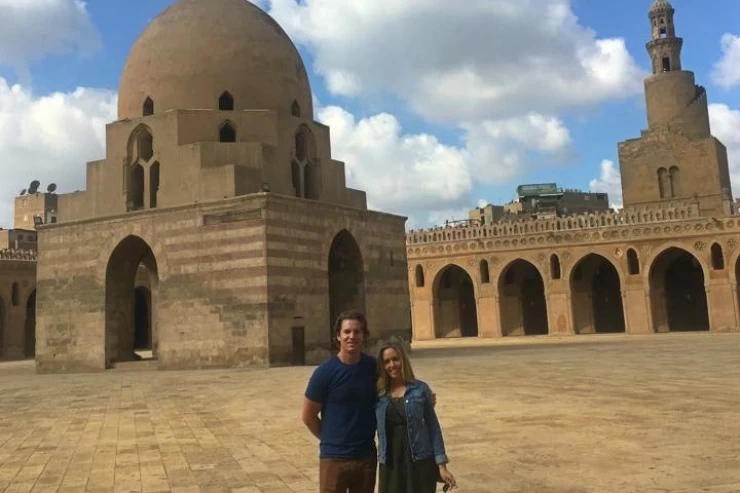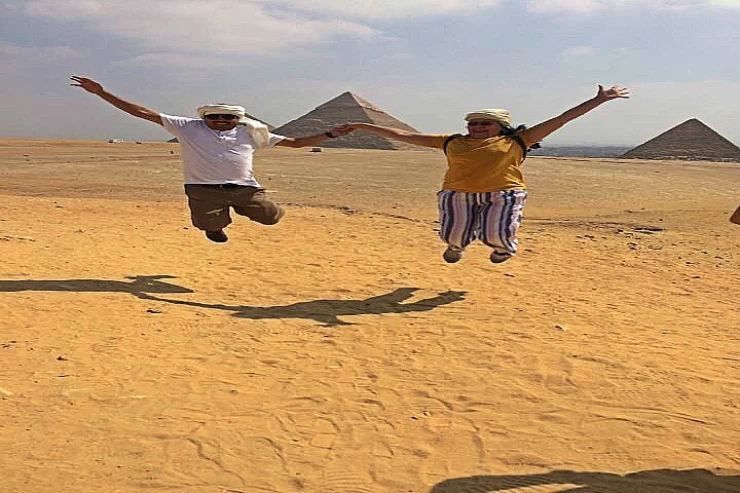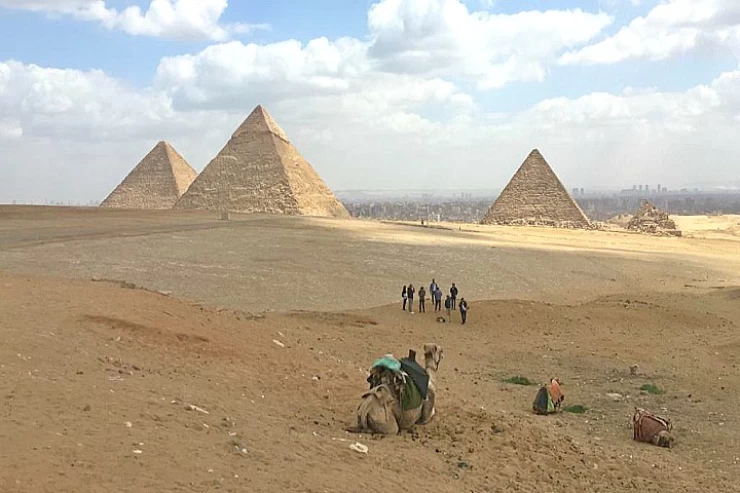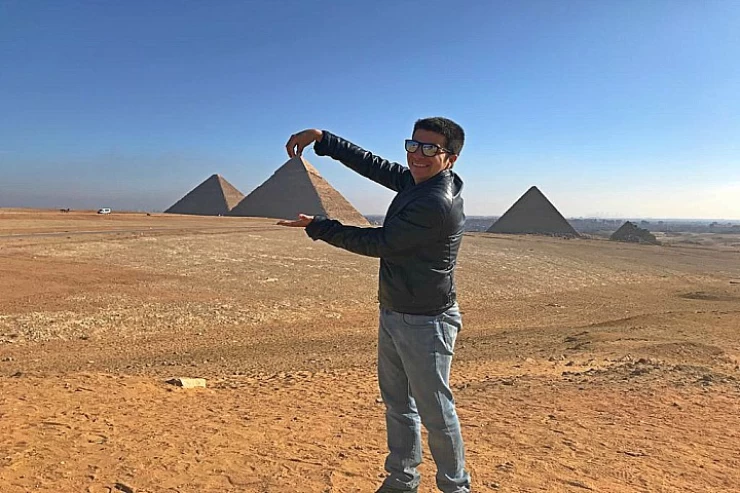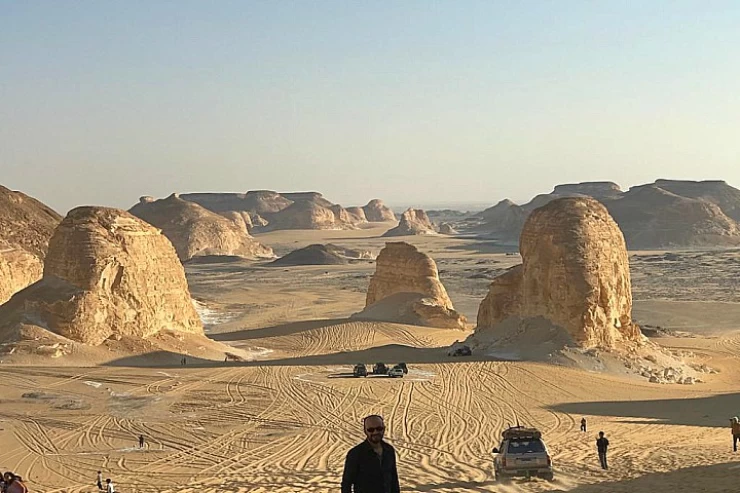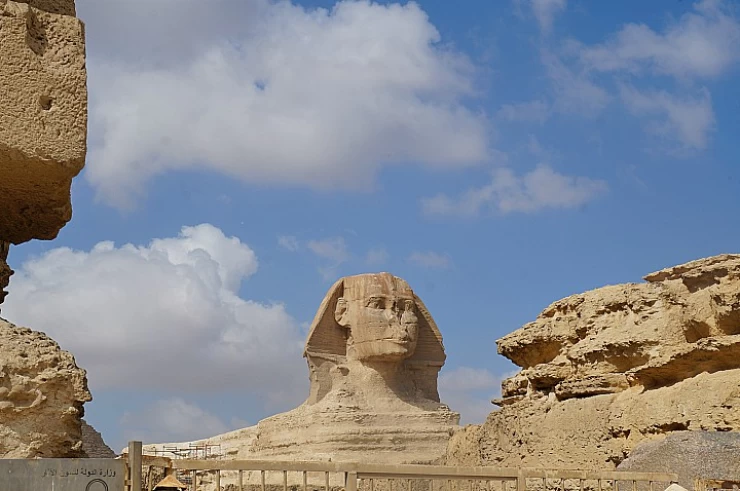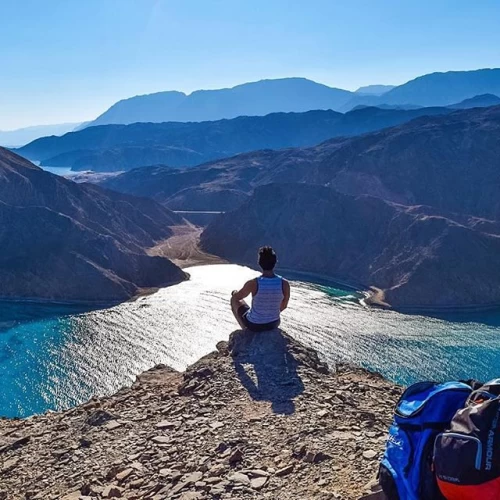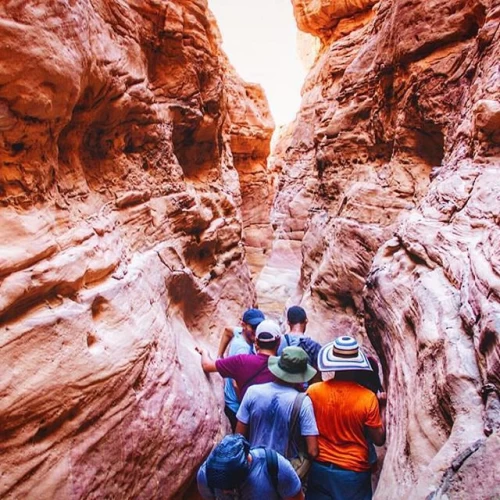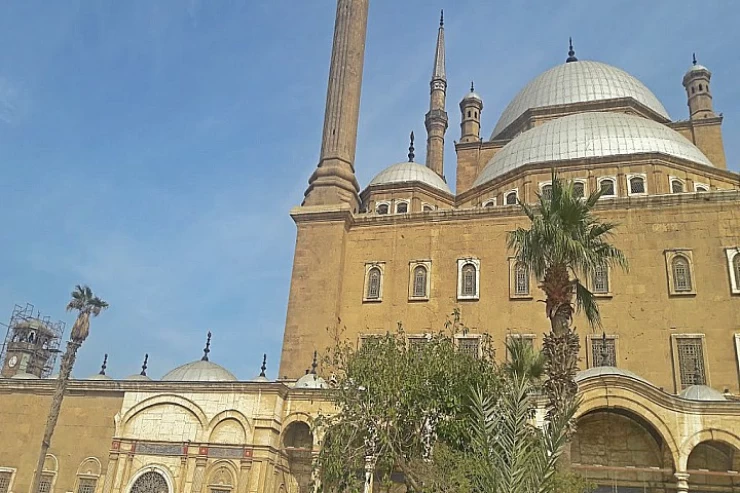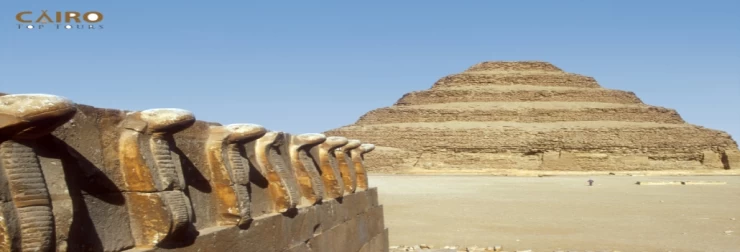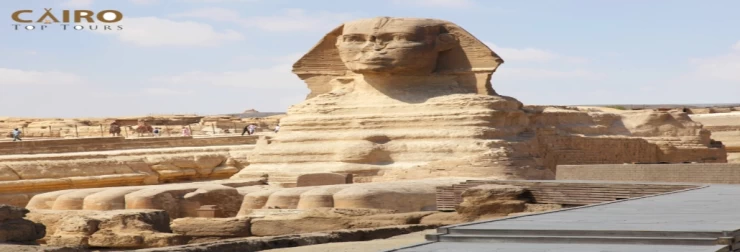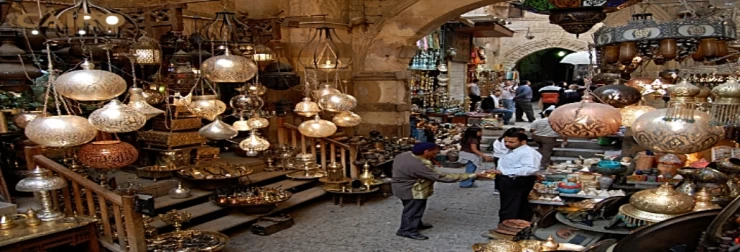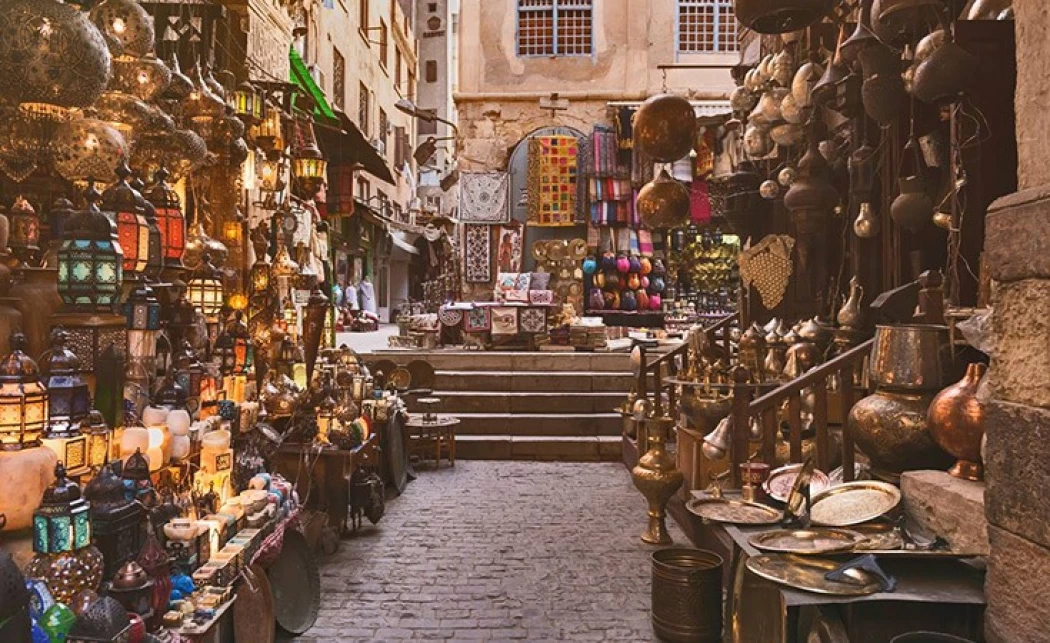
Khan El Khalili Market
In the ancient centre of Cairo, Egypt, there is a well-known bazaar called Khan el-Khalili (Arabic: خان الخليلي). Named for one of Cairo's many historic caravanserais, the bazaar district was founded as a hub of trade during the Mamluk era and has since grown to be one of the city's top tourist destinations for both Egyptians and visitors. Numerous Egyptian craftspeople and workshops that produce traditional crafts and mementos call it home as well. Originally referring to a particular structure in the neighbourhood, Khan el-Khalili now encompasses the entire commercial district.
Khan el-Khalili's location during the Fatimid era (10th–12th centuries) edit The Fatimid Caliphate, which at the time ruled over most of North Africa, portions of the Levant, and the Hijaz, first established Cairo as its capital in 969 CE. The general who overran Egypt for the Fatimids, Jawhar al-Siqilli, was given the task of building a massive palace complex to house the caliphs, their families, and the government's establishments.
Eventually, two palaces were finished: the greatest of the two on the east and the other on the west. In between them was a plaza called Bayn al-Qasrayn, which translates to "Between the Two Palaces." Khan el-Khalili's current location was once the southernmost point of the eastern Fatimid palace, where the Fatimid caliphs were buried in a mausoleum called Turbat az-Za'faraan, or "the Saffron Tomb. 57 Al-Qasr al-Nafi'i, a smaller palace, was also situated here; it is currently the location of Sulayman Agha al-Silahdar's Wikala from the 19th century.
Only the Caliph's family, government representatives, army units, and other individuals required for the smooth administration of the regime and its city were allowed to live in Cairo, which was a palace-city under the Fatimids.Due to the efforts of influential viziers, the city was first opened to merchants and other foreigners during the latter Fatimid era.
Caliph al-Mustansir's vizier, Badr al-Jamali, took on the work of expanding the city and constructing the stone gates and walls that are partially still standing between 1087 and 1092. He also made the city accessible to the general public at the same time, but the decision was swiftly overturned. A mint called the Dar al-Darb and a customs house for foreign merchants called the Dar al-Wikala were among the several reforms and building projects carried out by al-Ma'mun al-Bata'ihi, vizier under Caliph al-Amir, between 1121 and 1125. These were positioned in a prominent area close to the present location of the Madrasa of al-Ashraf Barsbay, which dates back to the 15th century. For the first time, this brought international trade into the city centre.
Saladin's dismantling of the Fatimid Caliphate in 1171 and the construction of a new fortified Citadel further south, outside the walled city, which would house Egypt's rulers and state government, was the formal opening of Cairo to all people.The city's historic Fatimid palaces were opened up for reconstruction. This ended Cairo's status as an exclusive palace city and began the process of transforming the city into an economic hub inhabited by ordinary Egyptians and frequented by international visitors. At the same time, the nearby port city and former capital of Fustat, which had previously been Egypt's commercial hub, was in a steady decline, opening the way for Cairo's ascendance.
The Qasaba (now al-Muizz Street) was Cairo's principal north-south street, running between the gates of Bab al-Futuh and Bab Zuweila and passing through Bayn al-Qasrayn. Under the Ayyubids and later the Mamluks, this avenue was a popular location for religious complexes, royal mausoleums, and commercial institutions. These structures were typically funded by the sultan or members of the ruling class. This is also where Cairo's big souqs evolved, establishing the city's primary economic zone for foreign trade and commercial activities.
The increasing number of waqf institutions, particularly during the Mamluk period, played a significant role in the development of Cairo's economic centre. Waqfs were charitable trusts under Islamic law that established the function, operations, and financing sources of the numerous religious/civic establishments constructed by the ruling elite.
Revenues from specific shops or other commercial establishments were frequently used to fund projects. The Sultan Qalawun complex, built in 1284-85 and included a madrasa, hospital, and mausoleum, was one of the first and most significant examples of this institution in Cairo's centre. A qaysariyya (a bazaar or market complex with rows of stores) was established in front of the nearby Ayyubid-era madrasa of al-Salih, which contributed to the complex's earnings. This qaysariyya was a noteworthy early example of the purpose-built commercial structures that the Mamluks established in Cairo as part of a waqf. Qalawun's qaysariyya had a façade on Qasaba street, while some of its stores were accessible via an inner alley off the main street.
Over the years, space along Qasaba Avenue has slowly reduced as new developments encroached and open spaces disappeared. As the main street grew packed with businesses and space for further expansion there ran out, new commercial structures were instead built further east, close to al-Azhar Mosque and the shrine of al-Hussein, where some space remained available.
Instead of having mobile market stalls set up in open spaces, the city's souq sections were gradually replaced by fixed stone structures with built-in spaces for individual merchants. This was partly due to the rulers' desire to impose tighter control over commercial activities: fixed constructions were easier to count, tax, and regulate than movable market stalls.As the city became denser and space was limited, architects opted to create multi-story structures known as khans (Arabic: خان) or wikalas (Arabic: وكالة), a form of caravanserai (merchant inns). These structures were designed around an interior peristyle courtyard where merchants could keep their goods, with upper levels serving as dwelling quarters. Their street facades.
Egypt had been greatly devastated by the ravages of the Black Death by the time of Sultan Barquq (r. 1382-1399), the first Burji Mamluk sultan, but it remained a centre of enormous economic activity, with many commercial and religious buildings still being built. 147 During Barquq's first reign (1382-1389), his Master of the Stables (amir akhur), Jaharkas al-Khalili, demolished the Fatimid mausoleum (Turbat az-Za'faraan) to build a massive khan in the city centre. The khan became known as Khan al-Khalili, which is his name.The name gradually evolved to represent the entire area. Al-Khalili allegedly disposed of the bones of the Fatimid royal family by tossing them into the garbage hills east of the city.
Later Mamluk aristocracy constructed commercial establishments in the vicinity and beyond. During Sultan Qaytbay's reign, one of his amirs, Yashbak min Mahdi, constructed the Rab' al-Badistan, a rental apartment complex across from the Khan al-Khalili.Qaytbay personally built the Sultan Qaytbay Wikala, which is located further east, near al-Azhar. By the late 15th century, the area surrounding Khan el-Khalili had become a major hub for foreign trade, including the sale of slaves and precious stones.
ruler al-Ghuri, Egypt's last effective Mamluk ruler (r. 1501-1516), overhauled the district's layout in the early 16th century with a massive demolition and new construction campaign. In addition to establishing his own mosque and funeral complex, as well as a massive Wikala named for him nearby, he demolished and rebuilt al-Khalili's old khan in 1511. For centuries, it was known as the Khan al-Fisqiya ("Khan of the Fountain"), before eventually becoming the Wikala al-Qutn ("Wikala of Cotton").
Al-Ghuri also transformed the nearby region into a souq known as the Suq al-Nabulsi, with magnificent stone gates. He also attempted to impose a more consistent grid pattern on the neighbouring district.179 Along with the stone gates, this type of complex mirrored what Ottoman cities called a bedesten: a central market where the most valuable commodities were sold, often with roofed streets and barred gates at night (akin to a qaysariyya). It is believed that al-Ghuri's structure was done in imitation of such commercial complexes in important Ottoman cities, as this was a time when the Ottoman Empire was the principal adversary of the Egyptian Mamluk empire and Turkish merchants were becoming more influential .
What remains from al-Ghuri's reign are the Suq al-Nabulsi and its two beautiful stone gates, as well as the façade and entrance to the Wikala al-Qutn. All of these structures are located on Sikkat al-Badistan Street. The western gate was originally known as Bab al-Silsila but is now known as Bab al-Badistan, and the eastern gate, across from the Wikala al-Qutn's entrance, was originally known as Bab al-Nuhhas but is now also known as Bab al-Ghuri.
Latest Articles
Admin
Neper God Of Grain
Neper was the deity of grains, particularly cereals that were important in Ancient Egypt, such as wheat and barley. It was stated that he foretold when the crops would grow, be harvested, and disappear.
Admin
Djoser
Djoser was an ancient Egyptian pharaoh of the 3rd Dynasty during the Old Kingdom and was the founder of that epoch. He is also known by his Hellenized names Tosorthros (from Manetho) and Sesorthos (from Eusebius). He was the son of King Khasekhemwy and Queen Nimaathap, but whether he was also the direct successor to their throne is unclear. Most Ramesside king lists identify a king named Nebka as preceding him, but there are difficulties in connecting that name with contemporary Horus names, so some Egyptologists question the received throne sequence. Djoser is known for his step pyramid, which is the earliest colossal stone building in ancient Egypt
Admin
Kom Al Dikka Alexandria
Kom El Deka, also known as Kom el-Dikka, is a neighborhood and archaeological site in Alexandria, Egypt. Early Kom El-Dikka was a well-off residential area, and later it was a major civic center in Alexandria, with a bath complex (thermae), auditoria (lecture halls), and a theatre.
Admin
The God Anuket
Anuket, in Egyptian religion, the patron deity of the Nile River. Anuket is normally depicted as a beautiful woman wearing a crown of reeds and ostrich feathers and accompanied by a gazelle.
Admin
The Red Chapel of Hatshepsut
The Red Chapel of Hatshepsut or the Chapelle rouge was a religious shrine in Ancient Egypt. The chapel was originally constructed as a barque shrine during the reign of Hatshepsut. She was the fifth pharaoh of the Eighteenth Dynasty from approximately 1479 to 1458 BC.
Admin
The Serapeum of Alexandria
The Serapeum of Alexandria in the Ptolemaic Kingdom was an ancient Greek temple built by Ptolemy III Euergetes (reigned 246–222 BC) and dedicated to Serapis, who was made the protector of Alexandria, Egypt. There are also signs of Harpocrates. It has been referred to as the daughter of the Library of Alexandria.
